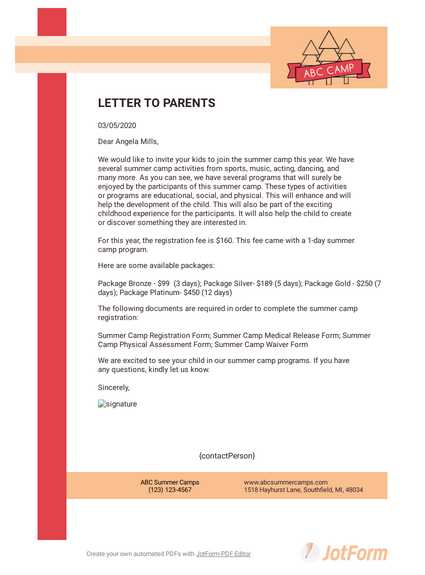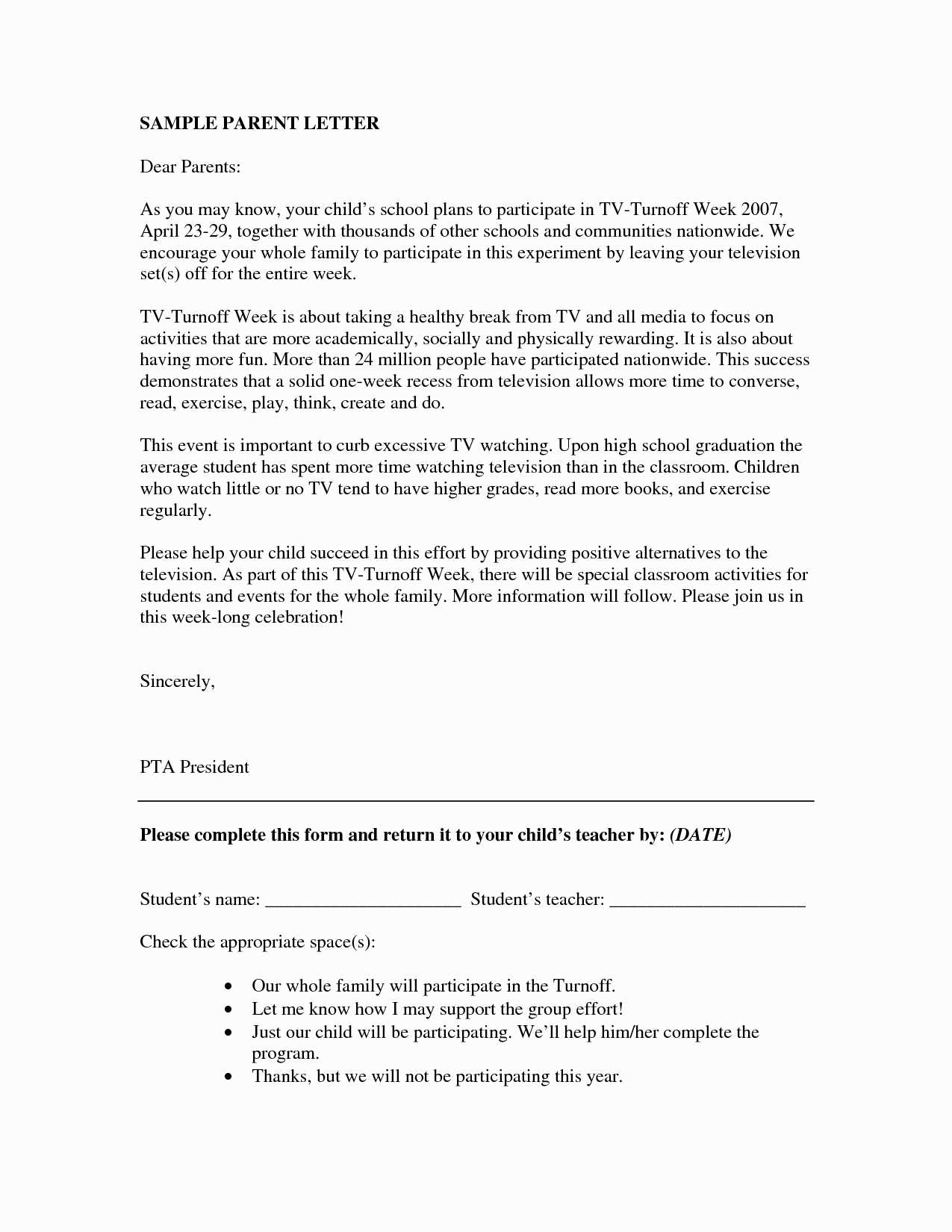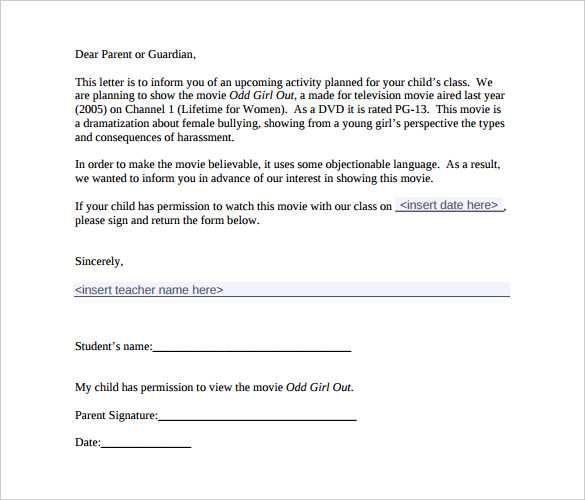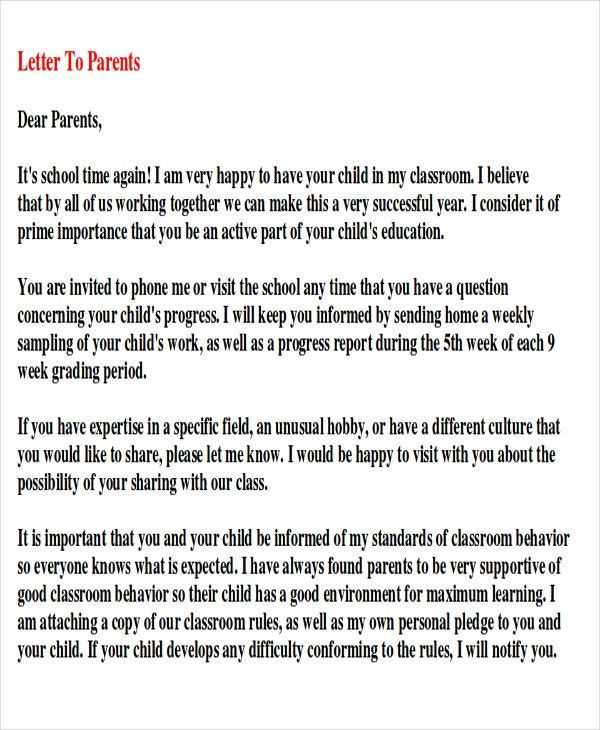Student failure letter to parents template

Student Failure Letter to Parents Template
When communicating a student’s failure to their parents, focus on clarity and honesty. Address the specific academic issues and offer a path for improvement. Start by acknowledging the student’s efforts and highlighting areas where support is needed.
Dear [Parent’s Name],
I am writing to inform you about [Student’s Name]’s performance in [Subject]. Despite their initial enthusiasm and attempts, the grades this term have not met expectations. Specifically, [Student’s Name] struggled with [mention specific areas, e.g., assignments, participation, tests]. This lack of progress is reflected in their final grade, which is [Grade].
It appears that [mention any observed challenges, such as difficulty with time management, incomplete assignments, lack of focus in class, etc.]. We have made some efforts in class to address these issues, but additional support at home will be beneficial. I recommend reviewing [specific resources, tutoring, or study habits] to help improve understanding and performance.
Please reach out if you’d like to discuss ways we can collaborate on a strategy for improvement. I’m available to meet and set up a plan that will help [Student’s Name] succeed moving forward. Let’s work together to ensure they stay on track.
Thank you for your attention to this matter.
Sincerely,
[Your Name]
[Your Title]
Understanding the Purpose of a Failure Letter
A failure letter serves as a direct communication tool to inform parents about their child’s academic struggles. It highlights specific areas where improvement is needed, ensuring that parents are aware of their child’s challenges. This approach allows for timely intervention, helping both parents and educators work together toward supporting the student’s development.
Here are key aspects the letter typically addresses:
- Academic Performance: It outlines the grades or subjects where the student is underperforming.
- Behavioral Concerns: If applicable, it points out behavioral patterns affecting the student’s performance.
- Recommendations: The letter provides suggestions for how parents can support their child’s improvement at home.
- Action Plan: It may suggest steps the school is taking to help the student, such as tutoring or counseling.
The purpose is not to place blame but to foster collaboration. It ensures that the parents have the necessary information to assist their child, whether through additional academic support or behavioral adjustments. This proactive communication can prevent further academic decline and guide the student back on track toward success.
How to Acknowledge the Student’s Performance Honestly
Be direct and specific about the student’s academic achievements and challenges. Mention their grades, effort levels, and participation, providing clear examples to support your observations. Acknowledge areas where the student performed well, noting particular strengths such as improved grades or consistent effort. Avoid exaggeration or overly optimistic language. Balance the positive feedback with a realistic overview of areas that require attention, outlining what can be done to improve in those areas.
Address the student’s challenges without sounding dismissive or overly harsh. Focus on behavior or areas of difficulty rather than making it personal. Offer constructive suggestions for improvement, such as additional study resources or changes in study habits. Highlight opportunities for progress while acknowledging that improvement will take time and effort.
Keep the tone respectful and supportive. Avoid blaming the student or using language that can feel judgmental. Provide reassurance that progress is possible with the right actions and commitment. If applicable, suggest collaboration with teachers or counselors to create a plan of action for the student’s academic growth.
Key Elements to Include in a Failure Letter
Begin by clearly identifying the specific subject or course where the failure occurred. Mention the student’s name, the assessment or area of concern, and the grade received. Be direct, but without sounding accusatory or negative. For instance, “John’s recent test on Algebra resulted in a grade of 45%.”
Provide context to the failure by explaining the underlying reasons, such as lack of participation, missed assignments, or difficulty with particular topics. Use concrete examples, like “John missed two assignments in the past month, which impacted his overall performance.”
Include any support or interventions that have already been attempted, such as tutoring, extra help sessions, or accommodations made. This shows the steps already taken to support the student. For example, “We provided extra help sessions on Wednesdays, but John did not attend regularly.”
Offer a clear plan for improvement. Be specific about what actions will be taken next. Mention any upcoming tests, assignments, or meetings that will help the student recover. For example, “We will set up a study schedule for John to review key topics and improve his grade in the next assessment.”
Reaffirm your commitment to supporting the student. This can be as simple as offering to schedule a meeting or to provide additional resources. Show that you are available to discuss solutions. For instance, “Feel free to contact me for further discussion or to schedule a meeting to create a more tailored improvement plan.”
Close on a positive, encouraging note. Mention that failure is a part of the learning process and that with the right support and effort, improvement is possible. A line like “I believe with some effort and focus, John can turn this around and succeed” can help end the letter on a constructive tone.
Crafting a Clear and Professional Tone
Use direct, straightforward language to communicate expectations and concerns clearly. Avoid emotional or accusatory statements, which can complicate the message. Stick to facts and specific examples to keep the tone objective and respectful. Address the student’s situation without exaggeration, focusing on concrete actions or results.
Maintain a neutral tone throughout. It’s important to avoid sounding dismissive or overly harsh, as this could alienate parents. Instead, aim for a tone that is firm yet constructive, offering solutions and steps for improvement.
Provide context to show you understand the situation but avoid making the letter overly apologetic or overly critical. Balance is key to ensuring the letter remains professional and focused on the goal: helping the student improve.
Avoid using overly complex language or jargon. The goal is clarity, not to impress. Simplicity ensures that the letter is easily understood and that parents can focus on the steps they need to take.
| Do’s | Don’ts |
|---|---|
| Use clear, concise language | Use emotional or accusatory words |
| Provide specific examples | Generalize the student’s behavior |
| Maintain a neutral tone | Sound dismissive or overly harsh |
| Offer solutions and next steps | Leave the parent unsure of actions to take |
Incorporating these guidelines will help ensure that the message remains clear, professional, and helpful.
Offering Solutions and Next Steps for Improvement

To address the academic challenges your child is facing, we recommend setting up a consistent study schedule. This helps manage time effectively and reduces the stress of last-minute cramming. Break down assignments into smaller, manageable tasks with clear deadlines, and review progress regularly.
Identify Key Areas for Support

Focus on subjects or specific skills where your child needs the most attention. A targeted approach ensures that time and effort are spent effectively. Consider seeking extra help in those areas, such as tutoring, online resources, or study groups.
Monitor Progress and Adjust Goals
Set clear, measurable goals for improvement. Track progress regularly to see if these targets are being met. If necessary, adjust the approach or goals to make sure they align with your child’s growth pace and abilities. Encourage open communication between you, your child, and their teachers to ensure ongoing support.
Ensuring Proper Follow-up and Communication with Parents
Establish clear channels for regular updates, ensuring that parents are well-informed about their child’s academic progress and any concerns. This helps maintain transparency and provides a foundation for mutual trust.
Scheduled Check-ins
Organize regular meetings or calls to discuss the student’s performance. These check-ins give parents a chance to ask questions and share their observations. Keep these sessions short and focused on specific areas of concern.
Provide Actionable Feedback

Offer specific advice on how the student can improve. Avoid vague comments like “needs to try harder.” Instead, focus on concrete steps, such as “spend 30 minutes each day reviewing math problems” or “set aside time for consistent reading practice.”
Use a Variety of Communication Tools
- Emails: Summarize key points from meetings or highlight important updates.
- School Portals: Keep grades and attendance up-to-date so parents can easily track progress.
- Text Messages: Send quick reminders or updates to keep parents in the loop.
Be Approachable and Responsive
Make sure parents feel comfortable reaching out to you. Respond to emails or calls within a reasonable time frame and address any questions or concerns thoughtfully. Encourage parents to share insights from home that may influence the student’s performance.